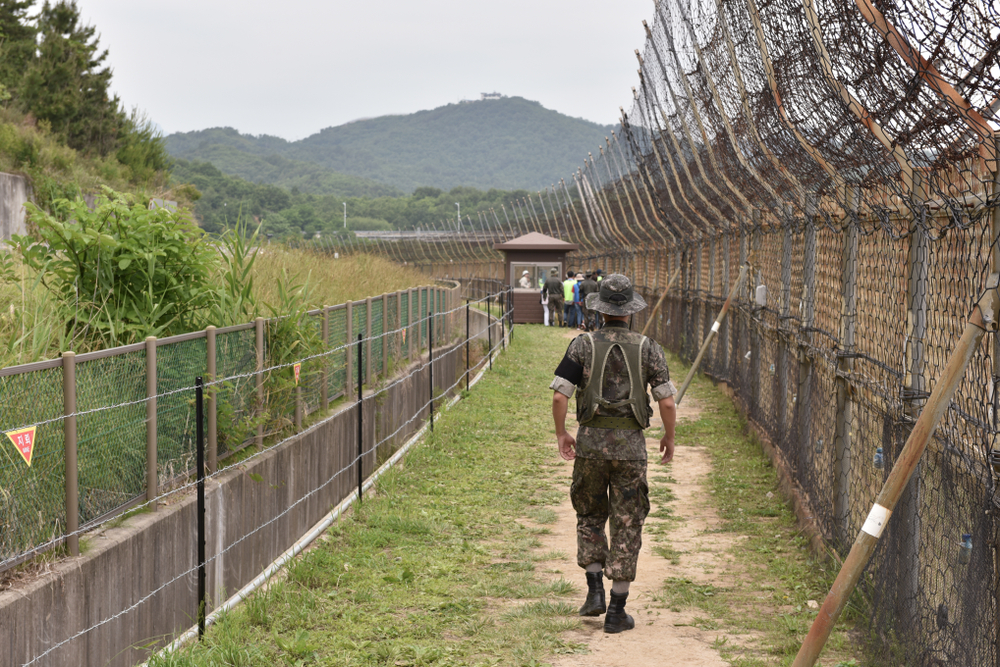Approximately 300 to 400 workers reportedly participated in the construction.
Others are reading now
North Korea has raised massive 36-foot-high (11-meter) dirt mounds to completely block inter-Korean roads that it previously demolished, South Korea’s military announced on Monday.
Trenches and Dirt Mounds
The move is seen as Pyongyang’s latest attempt to sever ties with Seoul, according to South Korean news agency Yonhap, according to Digi24.
Approximately 300 to 400 workers reportedly participated in constructing each mound, which North Korea placed just north of the now-demolished sections of two critical roads:
The Gyeongui line to the west and the Donghae line to the east.
Also read
In addition to the mounds, North Korea also installed concrete anti-tank trenches along what remains of these roads, according to the South Korean Joint Chiefs of Staff (JCS).
A Show of Territorial Demarcation
On October 15, North Korea blew up segments of these two roads, which run close to the inter-Korean border.
The destruction came shortly after North Korea’s military announced its plan to cut off all roads and railways connecting to the South and to establish defense structures along the border.
Despite the heavy construction efforts, South Korean military officials have downplayed the significance of these barriers, labeling the mounds as primarily “symbolic” and lacking substantial military purpose.
“These aren’t proper barriers for wartime defense,” said a JCS official, speaking anonymously. “They appear to be more of a show of territorial demarcation.”
Further details from South Korean military sources reveal that the trench along the Donghae line stretches roughly 525 feet (160 meters) and is around 16 feet (five meters) deep, while a similar trench along the Gyeongui line is slightly shallower at 10 feet (three meters).
The earth mound on the Gyeongui line spans 390 feet (120 meters) in diameter and has been planted with trees, adding a further symbolic layer.
On Friday, South Korean surveillance observed North Korean soldiers placing a national flag atop the mound on the Donghae line and taking photos, underscoring the political nature of these actions.


